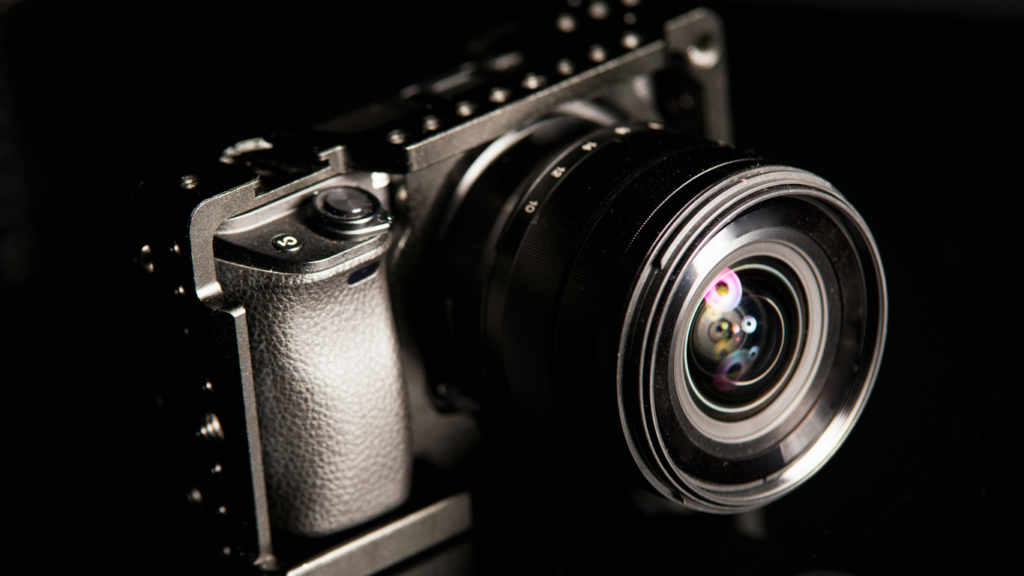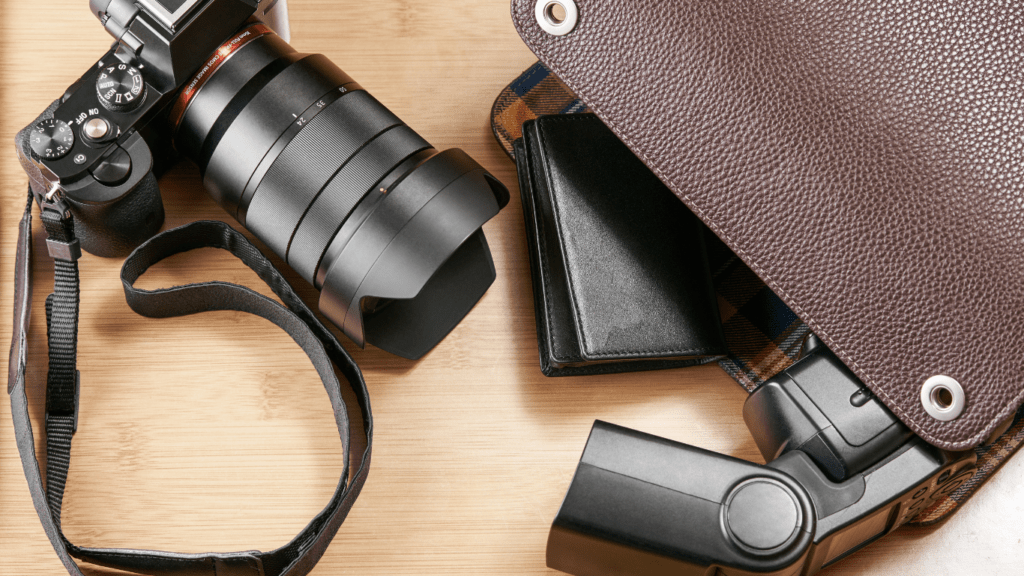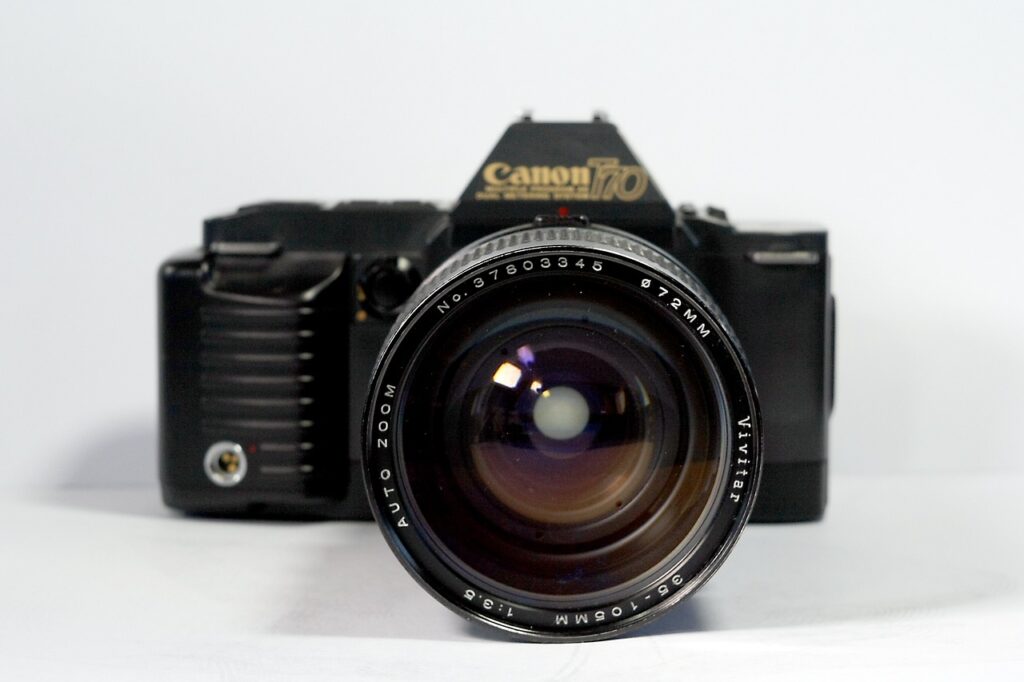Choosing the right camera can feel overwhelming, especially with so many options out there. As an aspiring photographer, you want something that balances performance, portability, and ease of use without breaking the bank. That’s where mirrorless cameras shine—they’re compact, versatile, and packed with advanced features perfect for honing your craft.
Why Choose a Mirrorless Camera in 2025?
- Mirrorless cameras combine advanced technology and versatility, making them an ideal choice for photographers of all levels. By eliminating the traditional mirror mechanism, they offer faster autofocus, reduced weight, and more compact designs compared to DSLR cameras.
- Battery life improvements in 2025 enhance usability, addressing prior concerns about frequent recharging. Features like in-body image stabilization (IBIS) and high-resolution electronic viewfinders (EVF) ensure clear, steady shots in various lighting conditions.
- Lens compatibility expands creative opportunities. Many mirrorless models support native lenses and adapters for older DSLR lenses, providing flexibility for different photography styles.
- Video capabilities in mirrorless cameras now rival professional camcorders. Features like 4K or higher video recording, improved dynamic range, and advanced audio input options attract content creators alongside photographers.
- Customization options increase user-friendliness. Programmable buttons, touchscreen controls, and intuitive menus cater to personalized workflows, elevating the shooting experience.
Key Features to Look for in a Mirrorless Camera

Identifying essential features ensures aspiring photographers invest in the right tool for their needs. In 2025, mirrorless cameras offer a robust combination of innovation and functionality, making it easier to enhance creative output.
Image Quality and Sensor Size
Image quality directly impacts the details and clarity of your photos. Sensor size plays a crucial role; full-frame sensors capture wider dynamic range and handle low-light conditions better, while APS-C sensors balance quality with portability. For example, cameras like the Sony A7 series offer high-resolution image clarity suitable for professional-level photography.
Autofocus and Speed
Fast and accurate autofocus ensures sharp subjects in dynamic scenes. Look for systems with phase-detection and AI-based subject tracking, especially for action or wildlife shots. Models such as Canon’s EOS R lineup offer advanced autofocus capabilities with up to 1,053 zones for precise subject acquisition.
Portability and Build
A lightweight yet durable design enhances versatility during outdoor or travel shoots. Mirrorless bodies, often smaller than DSLRs, feature weather-sealing in models like Fujifilm X-T5, ensuring reliability in varying environments. Compact, ergonomic builds reduce fatigue during extended sessions.
Lens Compatibility
Lens flexibility expands creative possibilities. Choose systems supporting native mirrorless lenses and compatible DSLR lenses via adapters. Brands like Nikon and Sony provide extensive native lens ranges and continued compatibility with legacy optics, allowing a broader artistic range without replacing older gear.
Top 5 Mirrorless Cameras for Aspiring Photographers in 2025
In 2025, mirrorless cameras combine cutting-edge features with ease of use, making them ideal for photographers progressing in their craft. Here’s my selection of the top five models that cater to different needs and styles.
Model 1: Canon EOS R100 – Best for Beginners
The Canon EOS R100 offers straightforward functionality with advanced features accessible to new photographers. It includes a 24.2 MP APS-C sensor for excellent image quality in various conditions. The Dual Pixel CMOS AF ensures smooth and accurate autofocus in stills and video. Its compact and lightweight design enhances portability, making it perfect for everyday use.
Model 2: Sony Alpha ZV-E10 – Best for Travel Photography
The Sony Alpha ZV-E10 stands out for its lightweight build and versatile 16-50mm kit lens. It features a 24.2 MP APS-C sensor that delivers sharp images, while Real-time Eye Autofocus ensures subjects remain in focus. Its fully articulating screen and reliable 4K video recording make it an excellent choice for travelers capturing diverse scenes.
Model 3: Fujifilm X-T5 – Best for Portraits
The Fujifilm X-T5 excels in portraits with a 40.2 MP X-Trans 5 HR sensor, which produces stunning color accuracy and detail. The Film Simulation modes offer creative options to enhance skin tones. Its fast autofocus and face/eye detection work seamlessly to maintain focus on subjects. Built-in IBIS ensures steady shots even in handheld portrait sessions.
Model 4: Panasonic Lumix GH6 – Best for Videography
The Panasonic Lumix GH6 delivers pro-grade video performance with 5.7K recording at up to 60fps. Its Micro Four Thirds sensor ensures extended recording times without overheating. Advanced features like 5-axis IBIS and dynamic range boosts create smooth footage in challenging scenarios. V-Log and high bitrates enable detailed post-production work.
Model 5: Nikon Z8 – Best All-around Performer
The Nikon Z8 combines a 45.7 MP full-frame sensor with Expeed 7 processing power, ensuring top-tier results in stills and video. The fast 493-point autofocus system performs reliably across sports, wildlife, and studio shoots. Capable of 8K 60p video and robust weather sealing, it’s an exceptional choice for users seeking versatility in one package.




